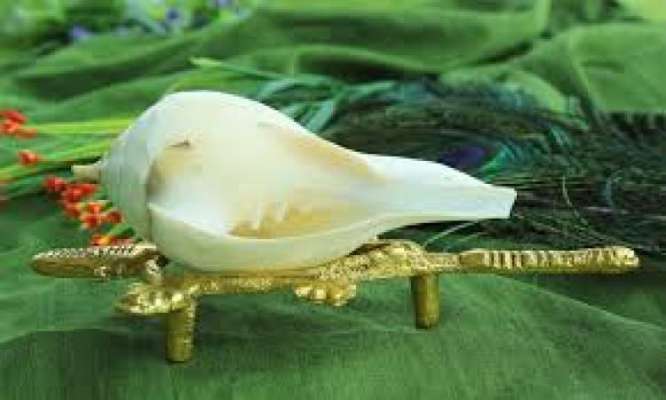Conch, more popularly known as the Shankh, has been an integral part not just of the Hindu Mythology, but also Buddhism.
According to the Hindus, Shankh has been described as Lord Vishnu’s weapon to eradicate all the negativity, from the world. In most of his pictures, Vishnu is seen either holding the Shankh or blowing it.
The Vedas suggest that Shankh is of two types, one for the blowing purpose and the other for the purpose of worshipping. The medical Science has also accepted the fact that blowing the Shankh is extremely beneficial for health and a person who blows the Shankh daily is protected against any sort of heart disease.
Well, the Shastras also explain that the Shankh needs to be maintained in the house following certain rules about it.
According to the Shastras, if you have maintained a shankh in your house, you must blow it at least twice a day. You may blow it in the morning and the evening.
If you intend to maintain a Shankh in your house, you must always bring two conches together and place them away from each other.
The Shankh that you blow should never be offered water and should never be worshipped by reciting any sort of chants. This Shankh should be placed in a yellow cloth.
While , the Shankh that is worshipped should be cleansed regularly by Gangajal and shoul be kept wrapped in a white piece of cloth.
The Shankh to be Worshipped should be placed away and at a height from the Shankh that has to be blown.
Two Shankh should never be placed in the same ‘Puja Ghar’ if they are meant for the same purpose.
When performing any pooja or ritual, the Shankh should never touch the ‘Shiva Lingam’.








